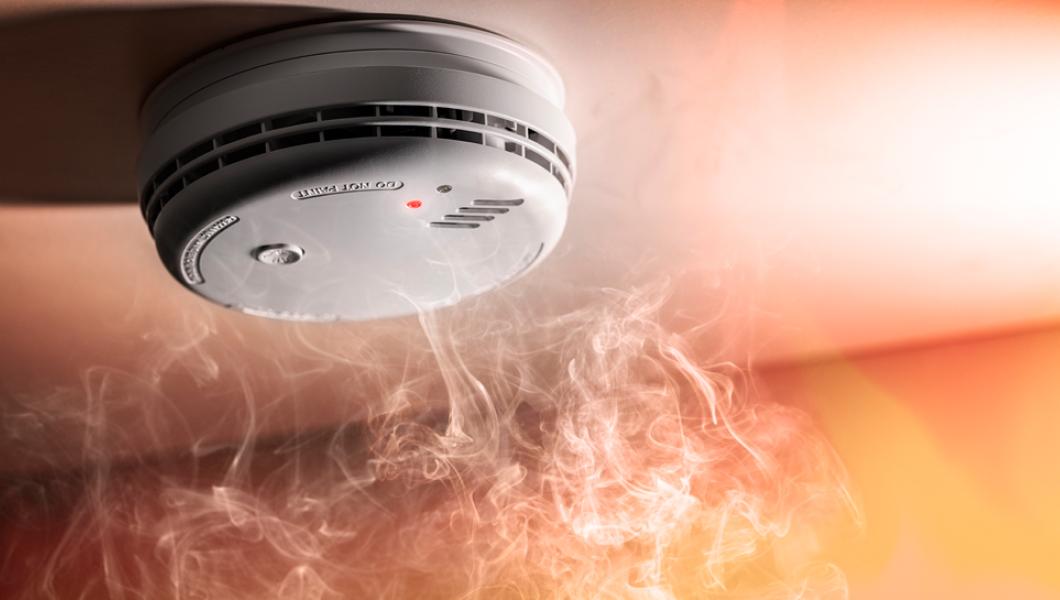11 steps to protect your home and family
Did you know more than 350,000 home fires occur every year? 50% of these fires start in the kitchen, 7% begin in the bedroom, and 6% are chimney fires. In fact, according to the National Fire Protection Association (NFPA), in a five-year period, house fires caused 2,620 deaths, and $6.9 billion in property damage. Bottom-line: fire prevention, and safety practices, save lives and homes. Please follow these practical tips to protect yours.
Preparing your home:
Use at least one smoke alarm on every level of your home. Be sure to put one outside sleeping areas and inside bedrooms. Test them monthly. Change the batteries at least once a year. Also, as a precaution, be sure to replace the smoke alarms every 10 years.
Know where the nearest exit is located. If you live in an apartment building or group living facility, such as a dorm, make sure you know the number of doors between your room and the nearest emergency exit. If you live in a multi-level home, purchase fire escape ladders.
Keep fire extinguishers in your kitchen, garage, and other areas where hazardous materials may be stored or used. To open and use a fire extinguisher, use the following acronym: PASS
- Pull the pin
- Aim low at the base of the fire
- Squeeze the handle slowly
- Sweep the nozzle side to side
Check and clean appliances regularly. Replace cords as needed.
Use caution with space heaters, wood stoves, and furnaces. Don't use space heaters while you are asleep or when you aren't in the room. Keep all heating elements at least three feet away from items that can easily catch fire, such as curtains or rugs. Only use electric space heaters that turn off automatically if they tip over.
Have your fireplace and chimney inspected annually and cleaned as recommended.
Be careful with lit candles and fire embers. Always monitor their use, and make sure they are fully out before leaving a room. Keep candles out of children's rooms.
Preparing your children:
Teach your children about how to survive in a fire. Some very young children won't understand these concepts, so start discussing fire safety early, and repeat often.
Have a family plan. Everyone needs to leave the home as fast as they can when a smoke alarm sounds.
Practice escape routes. Make sure there are at least two escape routes from each area of your home, including upper floors, and the basement. Teach children to crawl under smoke to get out safely and how to use a safety ladder.
Tell children not to hide from firefighters. Firefighters in full gear frighten some children. Explain why firefighters need equipment. Also be sure to show them pictures.
Teach children to stop, drop, and roll if any part of their body or clothing catches on fire.
Practicing fire safety in the home is essential for staying safe. Protect yourself, your children, and anyone in your home by knowing what steps to take.
Want to learn more? Go to: Search Healthwise Knowledgebase
Sources:
- House Fire Statistics in 2022, TheZebra.com
- Nation Fire Protection Safety, NFPA.org
Wellness Toolkits
Get the most out every month’s topic with print-ready materials. Download fliers and more.
- Newsletter article
- Flier (use as a flier, poster, payroll stuffer, or table tent)
- Text messages
Winning at Wellness monthly e-newsletter
Get savvy about wellness at the workplace.
